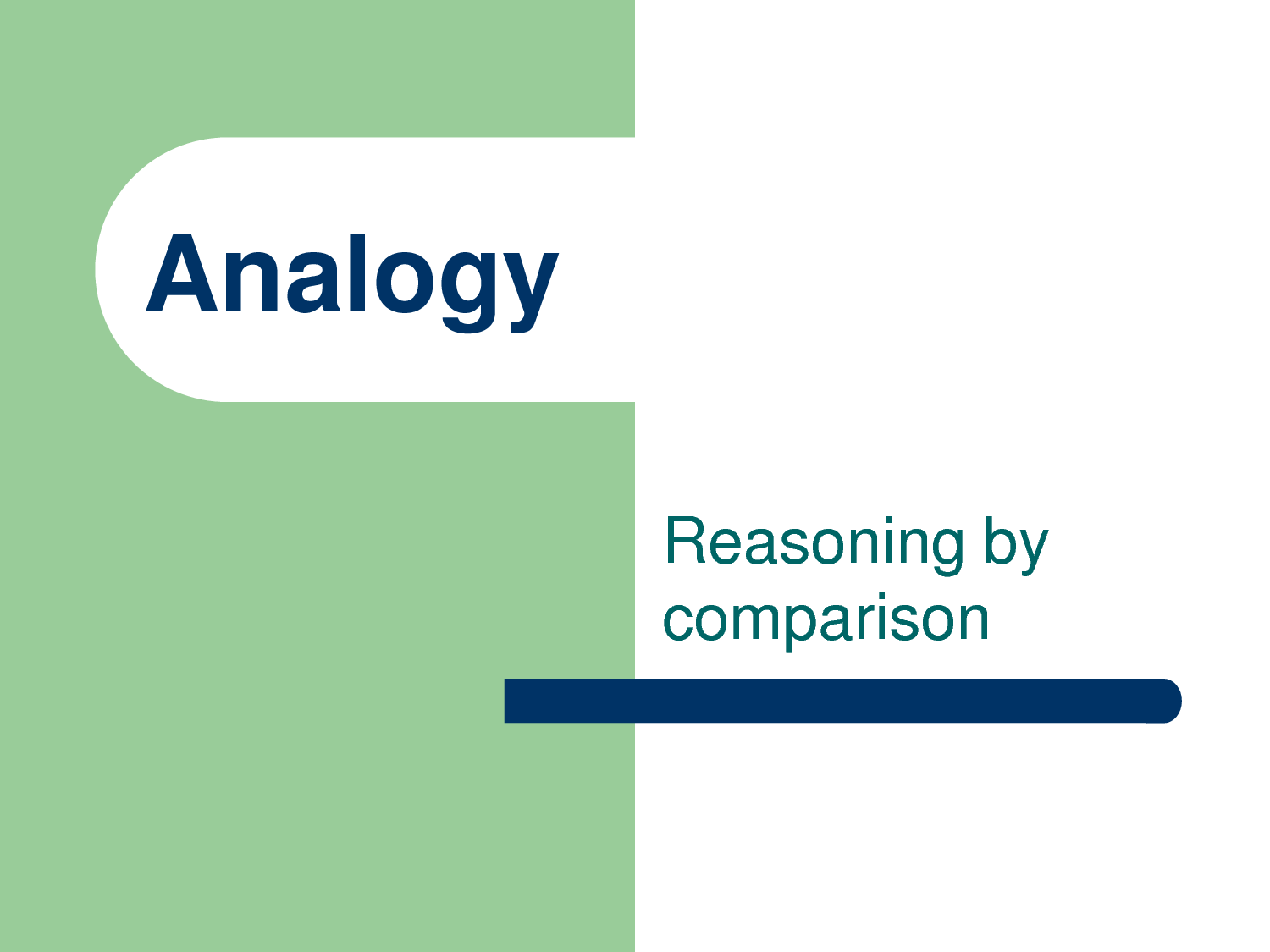
Analogies
Generate analogies.

You use an analogy, when you say something is like something else. In analogical thinking, there is an inferred 'source' and 'target'. It's up to you to map (or align) the elements of the source to the target.
For example, a jet is like a bird in many ways: they both can fly, they both have wings, and they both can sense where they are going. But they are also unlike in many ways: different sizes, different means of propulsion, different guidance systems, different materials, etc.
Analogies can be very useful in problem-solving because they give you the ability to project the underlying logic from one thing to another. This can be an exceptionally powerful tool to have in your arsenal.
Analogies are key to many approaches to creativity. For instance, they are central to: Structured Analogies Matrix, Similarities and Differences, Synectics, Metaphors, Excursions, and Role Playing.
Techniques For Generating Analogies:
- Linguistic Analogy: Find a core verb phrase that captures the essential functional nature of the thing you want the ideas for. You can start by looking at your How questions for how things function. For each verb phrase, generate a list of items (people, situations, objects, processes, actions, places, etc.) that it is “like” in some way.
- Direct Analogy: Search your experiences and knowledge for something that is like the subject at hand. Look for a straight functional parallel.
- Personal Analogy: Here you use empathetic identification with something outside yourself. Role Playing is an example of personal analogy.
- Fantasy: How can you dream up (or further develop) your analogy through wishful thinking?
- Transforming Yourself into the Component: Here you become a component in the system. You are the wheel.

Source:
MyCoTed web site at www.mycoted.com.
